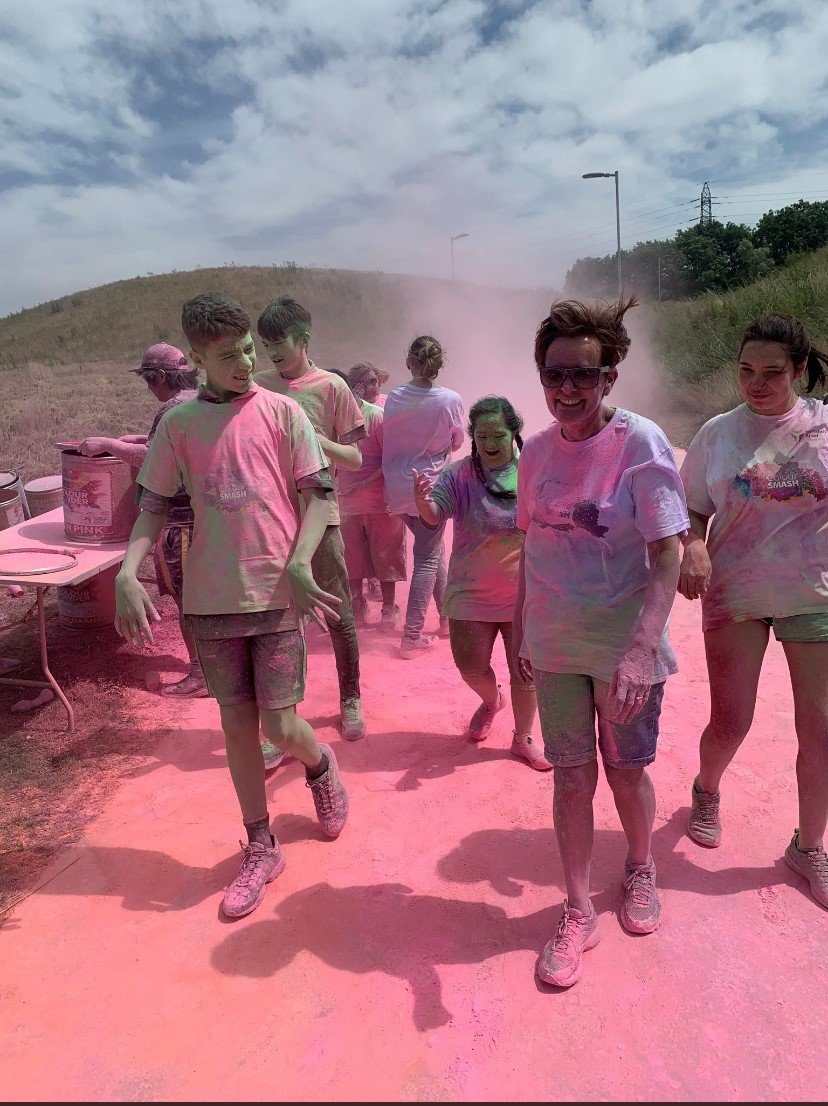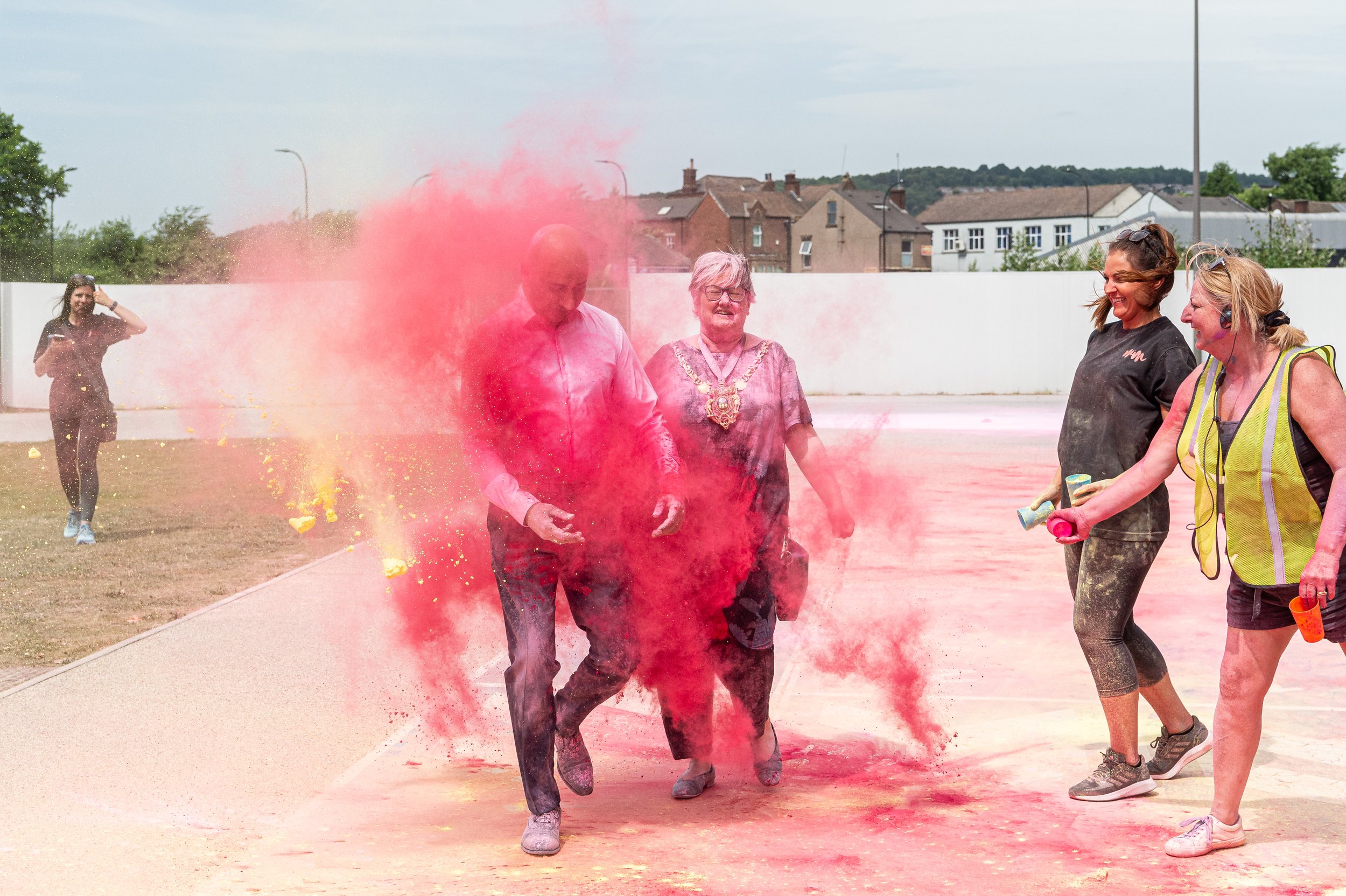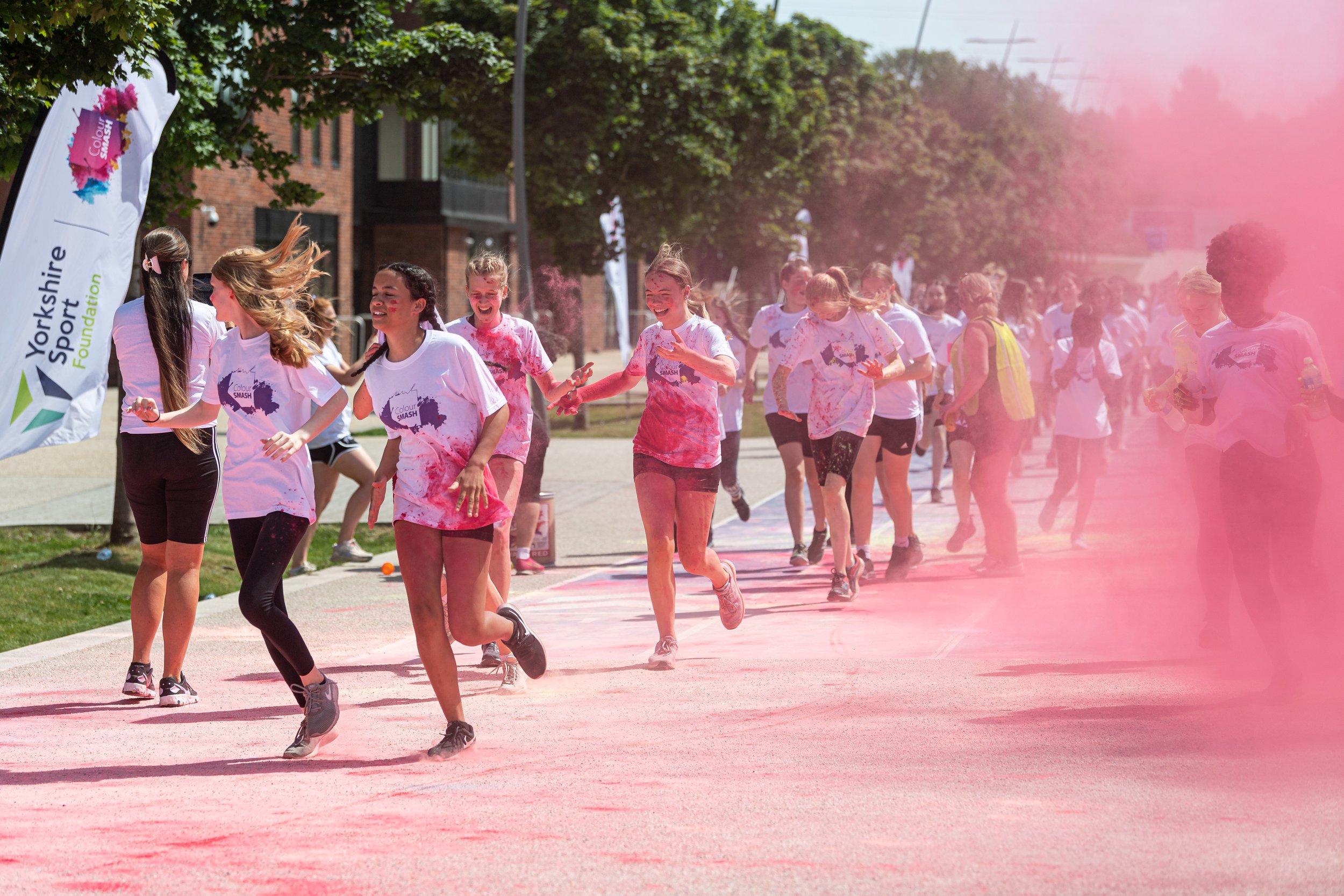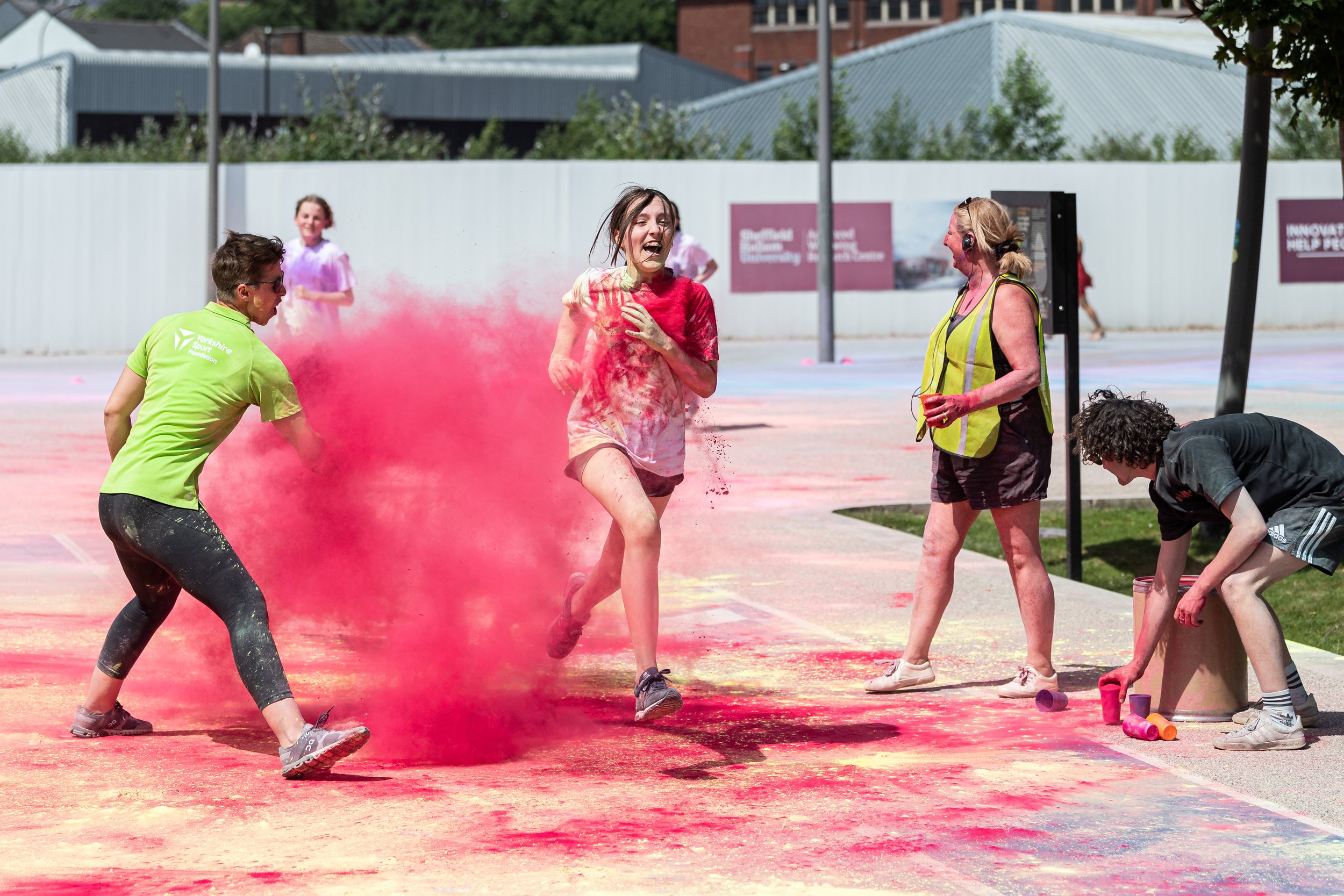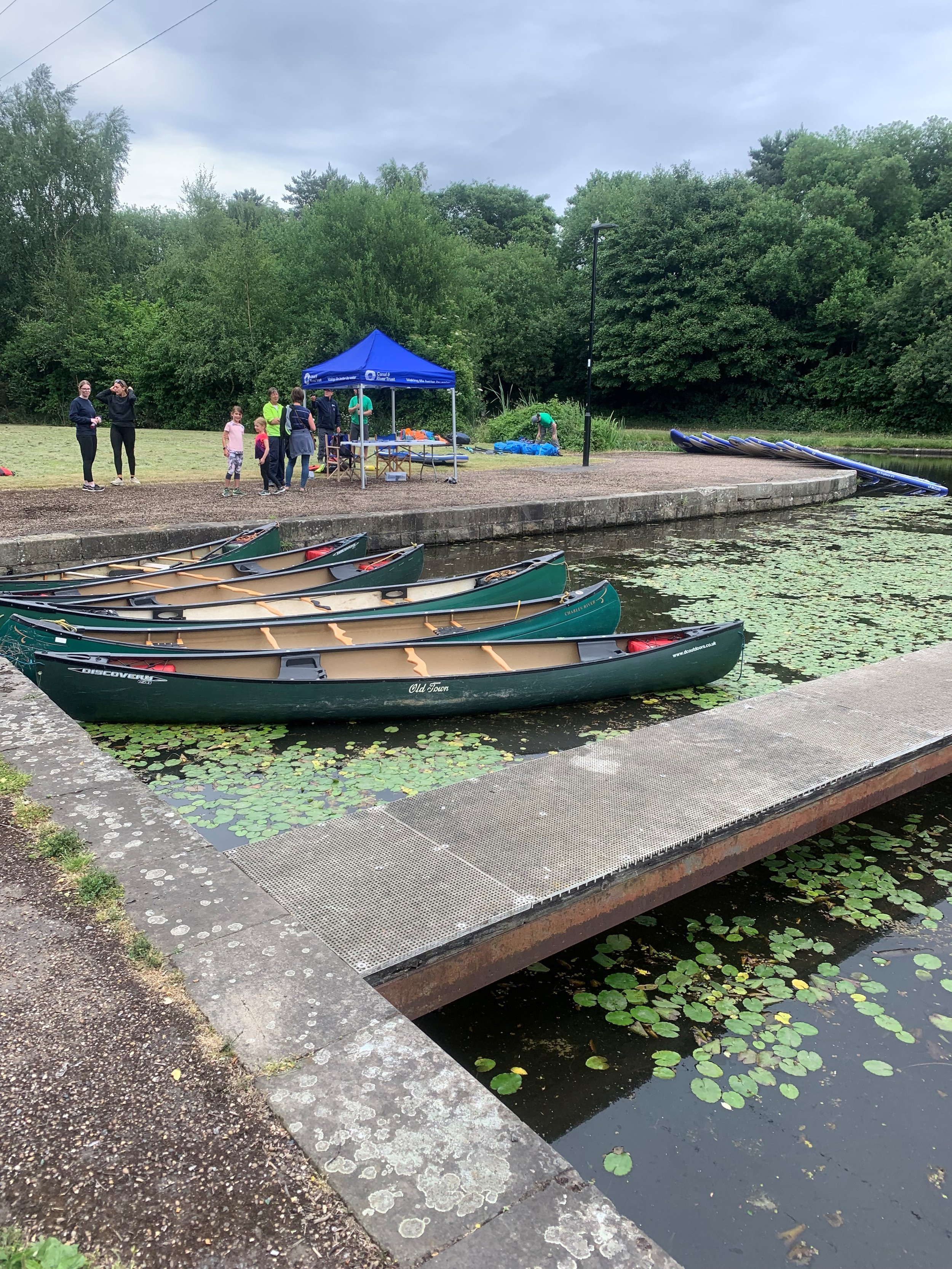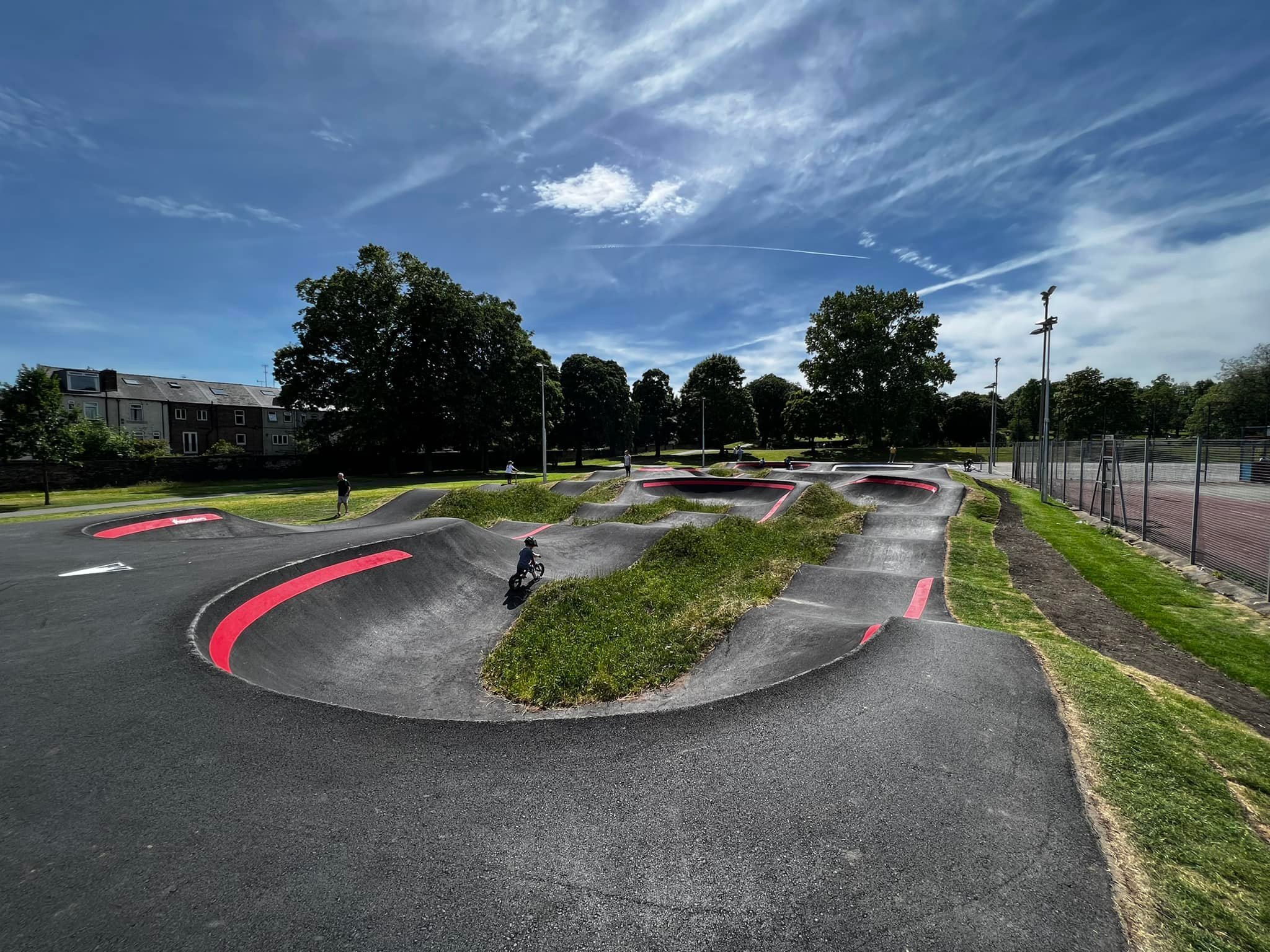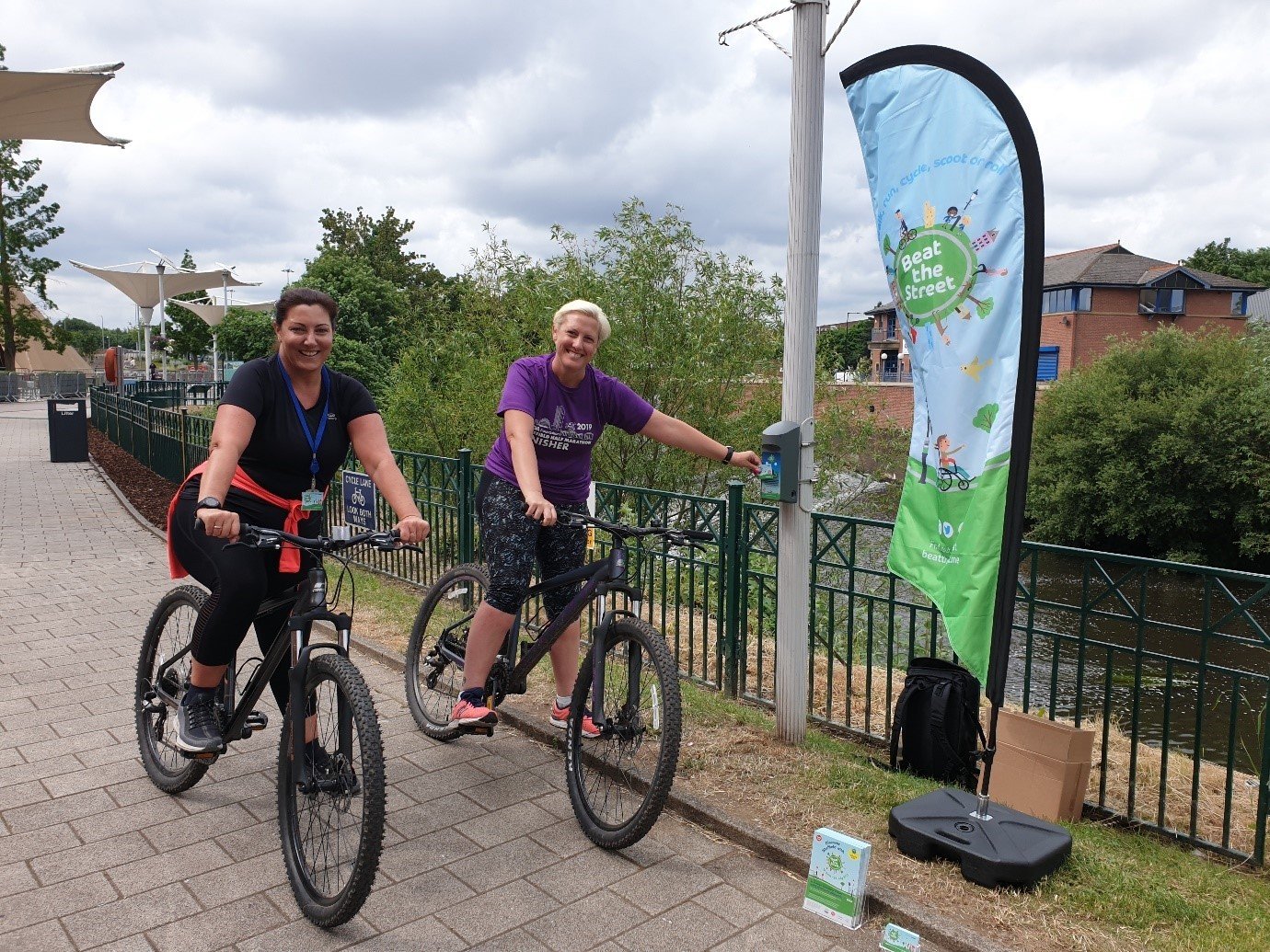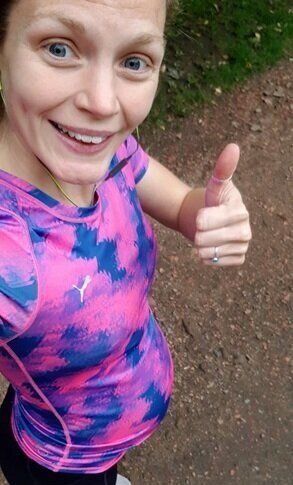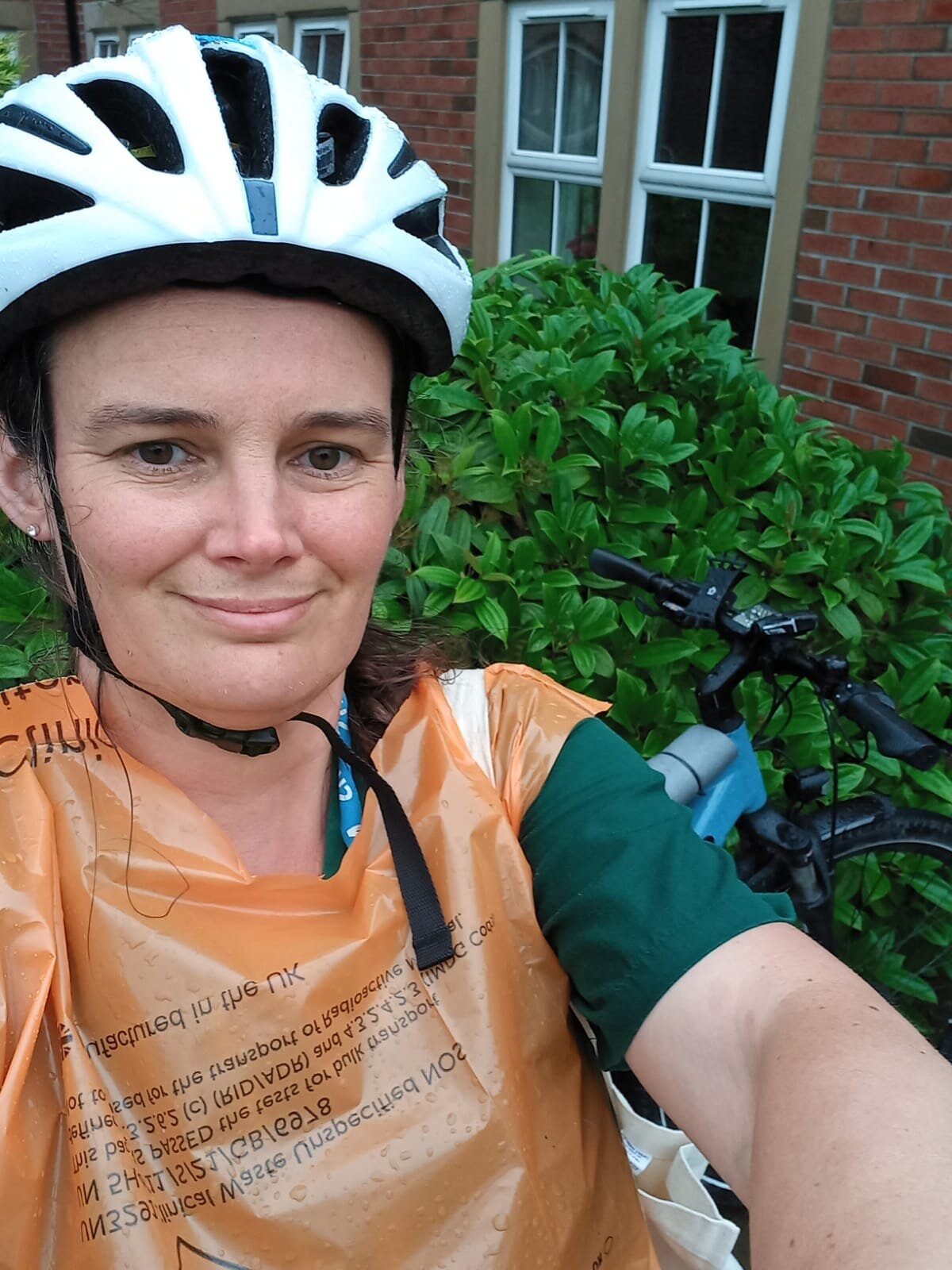Olympic Legacy in Action
A look back on Move more month 2022.
Another June has passed and another whirlwind Move More Month complete!
Move More Month was set up to shine a spotlight for one month onto Sport and Physical Activity in Sheffield and over the last few years we have achieved some remarkable things, we have set a Guinness World Record, delivered the largest game of Beat The Street ever and lots in between.
For me and those people and organisations I work with it is about inspiring people and creating more opportunities for people to be active whatever that looks like and the reality is we want this to happen all year round.
This June was once again unique and it certainly isn’t without its challenges but we love nothing more than a challenge!
I was reflecting on Jen Parry (Communciation and Engagement Officer at AWRC) blog over the last couple of weeks and it has been an interesting journey these last 7 months and one that we wouldn’t have completed without lots of people getting involved – far too many to mention, but notable contributions from some Move More Heroes – hopefully you know who you are!
What can’t be forgotten and has been developed over the last decade and is integral to the work we do in Sheffield is the trusted relationships we have across multiple organisations.
One of those relationships is with Sheffield Olympic Legacy Park. For me it is an absolute jewel in the crown in Sheffield in terms of outdoor and indoor space in Sheffield, there is so much going on there and I was asked by Claire Fretwell in November 2021 to help celebrate that – we couldn’t really say no.
It’s hard to believe that it is nearly 10 years since the London 2012 Olympic and Paralympic games and what is levelled at lots of host cities and countries is ‘what is the legacy of the games?’
I may be biased but Sheffield is flying the flag on this front. Not only do we have Sheffield Olympic Legacy Park that continues to grow in size and stature it also resulted in the creation of the National Centre for Sport and Exercise Medicine (NCSEM) Sheffield and ultimately the development of the Move More, Sport and Physical Activity Strategy.
The Lord Mayor and Cllr Mazher Iqbal enjoying the Colour Smash
The highlight of Move More Month this year was what transpired over the weekend of 17 – 19 June – the Olympic Legacy in Action weekend!
This was the result of 100’s of conversations, and meetings as well as countless emails but what shone through most was the willingness and passion of both local and city wide organisations to put their hands up and say that they wanted get involved to give more people an opportunity to be active and celebrate great things that are happening in the City.
Once again, you hopefully know who you are and a massive thank you! I said from day one of meeting each of you, it doesn’t happen without you and it really wouldn’t have!
What is also important is that Move More Month isn’t about a select few organisations, we want Sheffield to own it and be part of it in anyway that you see fit.
This year we had SOAR Community hosting their own Health and Wellbeing event connecting and engaging with their local community.
We had Diabetes Sheffield putting on a Move More with Diabetes conference to support people with Diabetes to get and remain active!
And other organisations who just live and breathe physical activity and work tirelessly throughout the year to get their community active like Shipshape and Darnall Wellbeing among countless others.
We can’t wait to see what you and others get up to in June 2023!
What happened on the Olympic Legacy Weekender
On Friday 17 June we welcomed over 1,000 school pupils from across the city to take part in a number of activities at Sheffield Olympic Legacy Park.
The undoubted highlight of which was the Colour Smash! For those who don’t know what a colour smash is – just check out the pictures!
But thank you to Sheffield Eagles and Andrea Dobson for hosting the city Tag Rugby League Finals, Dawn Wood for hosting an Inclusive Cricket Tournament and Andy Staley hosting 160 Year 9 girls at a This Girl Can event across the EISS and iceSheffield across the day!
Organised chaos at its best!
On Saturday 18 June, 31 different organisations came down to Sheffield Olympic Legacy Park and opened up their activities for people to join in.
We had everything from Paddleboarding and Kayaking, Cycling, Netball, Dance and more.
What was also a brilliant part of the day was the ability to bring what happens behind the doors at the Advanced Wellbeing Research Centre (AWRC) and bring that to life for those in attendance.
Thanks to the AWRC for hosting their heptathlon event, it really did bring a completely different flavour to the day!
As with any first event like this, we have learned plenty and it’s a watch this space ahead of 2023!
Lastly, on the Sunday with thanks to Leisure United, Sheffield and Hallamshire County FA and Dawn Wood we were able to run a brilliant inclusive football festival that had dedicated sessions for those with visual impairments and cerebral palsy and was followed by a fantastic football festival.
A perfect way to round off a brilliant weekend!
Thank you to everyone involved, we will take some time to recover, reflect and look ahead to what may happen in Move More Month 2023 – feel free to start your planning now!
For more information get in touch with tom.hughes@yorkshiresport.org














